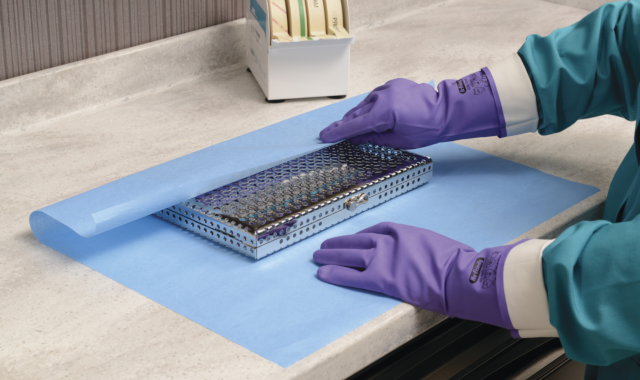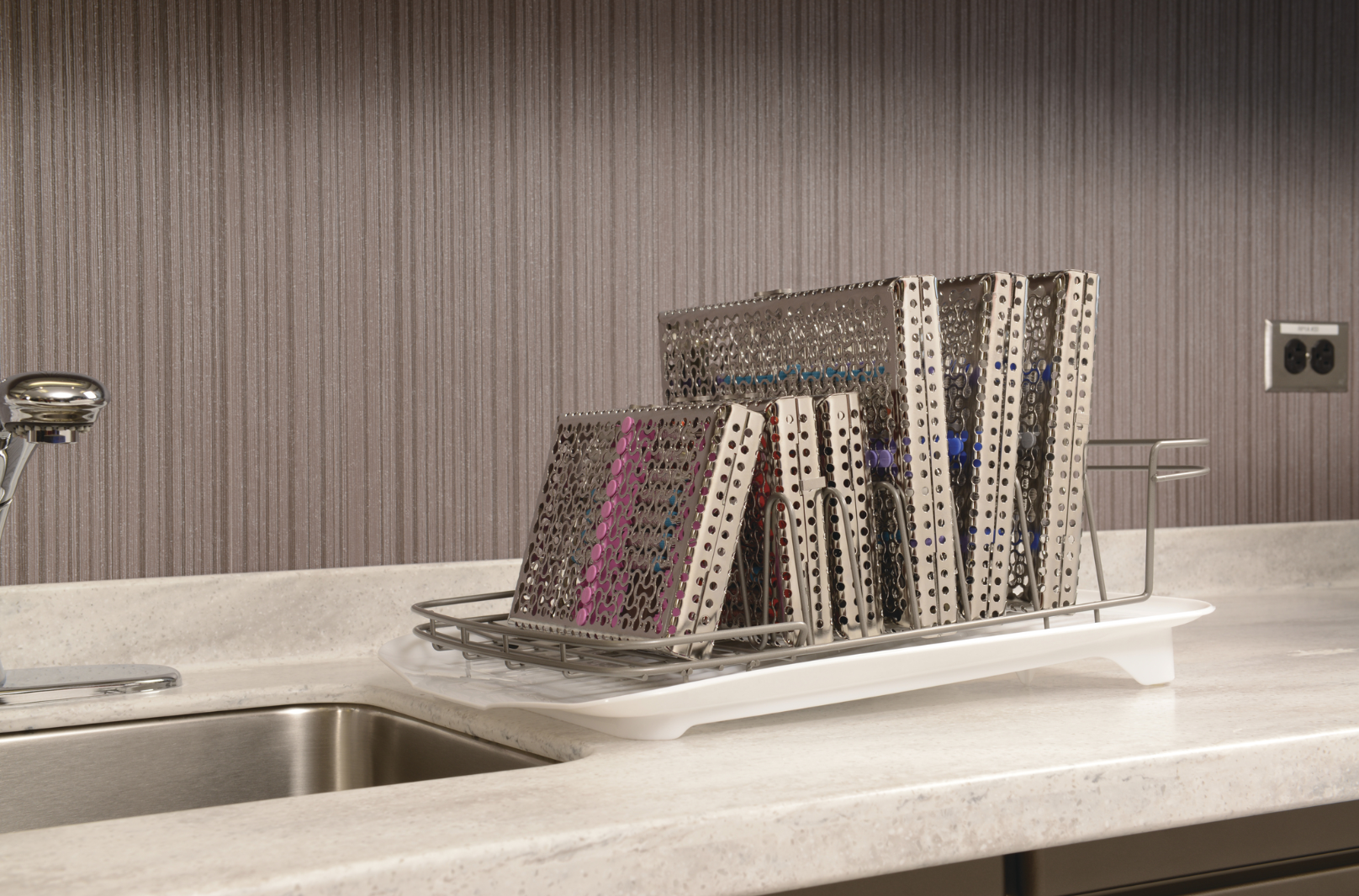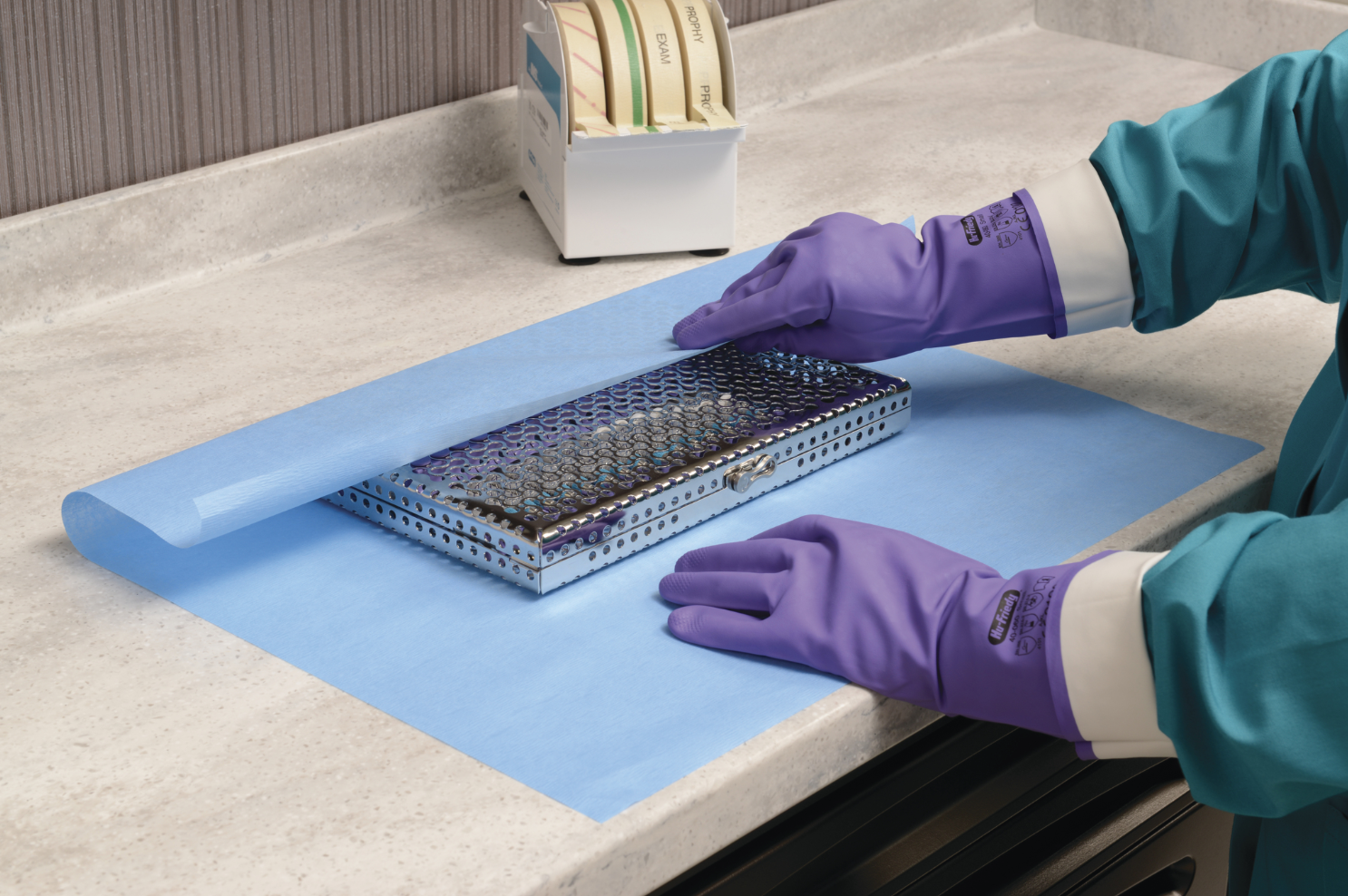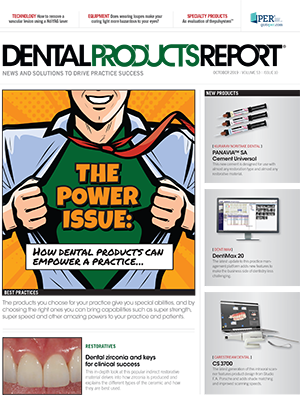3 common infection control questions answered
Straightening out some of the most misunderstood aspects of optimal dental infection control.

Efficient reprocessing of contaminated instruments after patient treatment can be complex.
It involves a series of procedures which utilize specialized equipment, adequate space and healthcare personnel who both understand and can effectively perform required tasks.
One of the positive aspects of presenting infection prevention seminars is that I see how dental practices progress in this area. Think about it: It wasn’t that many years ago when a number of dental personnel were scrubbing soiled instruments by hand using detergent and running water. As ultrasonic units and instrument washers have become standard in dental facilities, a high level of cleaning prior to sterilization can be reached. Similar progress has been made with new generations of heat sterilizers, especially autoclaves.
However, even though these developments helped improve infection control practices, basic principles of cleaning, sterilization, and monitoring still should be followed. Unfortunately, they can sometimes be inadvertently overlooked. The following discussion addresses questions related to these procedures.
Related reading: Top tips for handpiece infection control
Fig. 1

Why is it important for cassettes to be dry prior to sterilization?
Infection control recommendations and sterilizer manufacturers’ instructions for use (MIFUs) state instruments should be dry before packaging and sterilization. To understand why this is important, look at pouches that are removed after an autoclave sterilization cycle.
Some may be dry, but others can be very wet. This creates a potential problem whereby the pouch paper can be punctured from within by processed instruments. Wet pouches can also cause “wicking,” whereby the wet paper can act as a funnel for external air and bacteria to enter the sterile pack.
Venting and drying components of sterilizers are designed to remove the same amount of water vapor from the chamber that enters during a prescribed cycle. When pouches containing very wet items are placed in an autoclave, the unit will still remove the amount of water vapor it was calibrated for, but it may not be able to eliminate the excess moisture from packaged instruments. In the absence of placing instruments and cassettes in a separate drying unit, the instruments and cassettes can be air dried (Fig. 1).
Fig. 2

Alternatively, if using cassettes, one can also use a clean, dry towel or cloth to dry before wrapping/pouching for sterilization. Hand drying loose instruments isn’t recommended due to the risk of sharps injury. In any event, wearing puncture-resistant utility gloves is essential during instrument cleaning, preparation and packaging in order to minimize the risk of a sharps accident.
Trending article: Exploring the latest developments in infection prevention
Because instruments in a cassette are already in a tight container, is it necessary to wrap before placing in the sterilizer?
Yes, they must be either wrapped in either a sterilization wrap (i.e. “blue wrap”) or placed in pouches sized for cassettes (Fig. 2).
Even though cassettes can keep all the instruments together from the chairside procedure through cleaning, rinsing, drying, and sterilization, the presence of their hole patterns requires that they be packaged to maintain sterility after removal from the sterilizer. Remember, while the instruments are sterile at the end of the cycle, as soon as the door is opened and unwrapped cassettes are removed and exposed to air, their contents are clean, but they are no longer sterile.
Trending article: How to talk to your patients about infection control breaches
Fig. 3

Is routine use of Type V integrators in monitoring sterilization a good idea, and can they take the place of biological monitoring?
Routine monitoring of sterilization cycles using chemical indicators and integrators has become more efficient over the years. Type V chemical integrator strips became available a few years ago and are a valuable addition for monitoring heat sterilizers (Fig. 3).
In contrast to other chemical indicators which can-at best-monitor two sterilization variables, Type V integrator strips contain a steam sensitive material that reacts with all three criteria for proper steam sterilization (i.e. temperature, pressure, time). During the sterilization cycle, the material moves across the wick- ing strip and only registers ACCEPT when the three sterilization conditions are met. Using a test strip in the center of each sterilizer load can serve as an important and early monitoring tool in between required spore testing intervals.
As useful as these test strips can be, they are not replacements for the gold standard of sterilization – biological monitoring using heat-resistant bacterial spores. Type V integrators are considered analogous to spore testing, but not a replacement. Dental practices still must follow the biological monitoring requirements recommended by the CDC and required by individual states.
